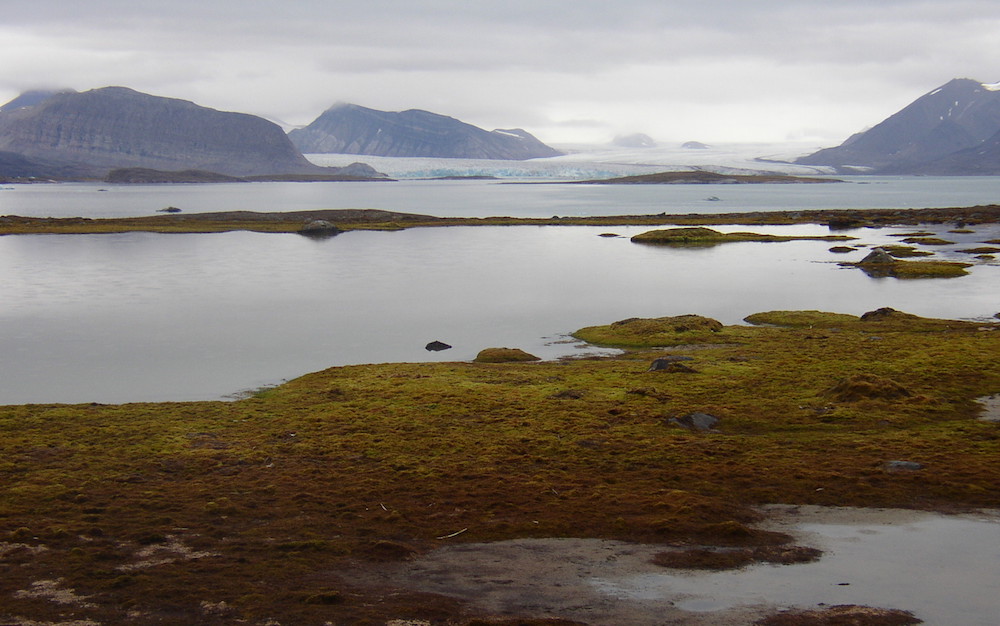A Svalbard discovery shows ‘superbugs’ travel faster, further than previously thought, scientists warn
Scientists recently found an antibiotic resistant gene, blaNDM-1, in soil samples taken in Spitsbergen.

You’ve most likely never heard of blaNDM-1, but scientists say discovery of the microbial gene in Svalbard is an important step in understanding one of the most pressing issues of our time.
Labelled a ‘superbug gene’, blaNDM-1 can, under the right conditions, confer bacteria with resistance to even the most powerful antibiotics. The discovery of its presence in soil samples taken from Kongsfjorden, on the western coast of the island of Spitsbergen, just five years after it was first identified in New Delhi, India, underscores that these types of genes can be transported easily, over long distances, and that they can turn up in even the most remote locations.
None of the 40 soil samples gathered by a team led by David Graham, of the University of Newcastle, during a 2013 expedition to Kongsfjorden contained resistant bacteria, but a total of 131 types of resistant genes were identified, including blaNDM-1 (which was found in 60 percent of the samples) and another gene that leads to multi-drug resistance in tuberculosis (found in all 40 samples).
[Invasive species are still rare in the Arctic — but that could soon change]
Kongsfjorden, located 300 kilometers from the North Pole, is noteworthy for its remoteness, but other factors made it an ideal location to look for evidence of the spread of antibiotic-resistant microbes. In addition to human presence in the form of travellers and the residents of Ny-Ålesund (a nearby research outpost with a population of 35), it is a site of year-round animal activity, thanks to the relative warmth of the water in the fjord, which is fed by the Gulf Stream and remains open in winter. At the same time, though, it has a cold, dry climate that is ideal for preserving DNA.
Although the soil samples were collected from areas near Ny-Ålesund, the outpost was ruled out as the source of the resistant genes, given its small population and lack of medical facilities that could have dispensed antibiotics. Instead, the most likely source is the fecal matter of migrating birds, other animals or human visitors, according to a paper published this week in Environmental International, a journal, detailing the findings of the study.
The samples indicated that the highest concentrations of resistant genes were found near freshwater sources, where wildlife tends to congregate. While that suggests migrating animals play a key role in bringing resistant genes to Svalbard, the study was unable to find conclusive evidence that was the case.
More notable, however, according to the authors of the paper, is the presence of blaNDM-1. The gene’s relative newness and its discovery at two sites as different and as far apart as New Dehli and Ny-Ålesund shows how fast resistant microbes can spread, according to Graham.
“This finding has huge implications for global [antibiotic-resistance] spread,” he said. “A clinically important [antibiotic-resistant gene] originating from South Asia is clearly not ‘local’ to the Arctic.”